Type of wire to run as a ground
psujoe
14 years ago
Related Stories
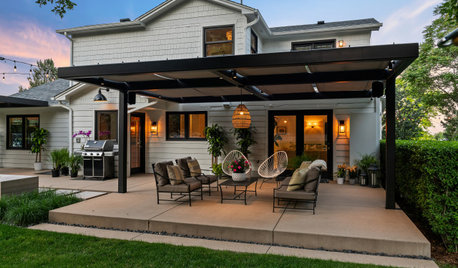
WORKING WITH PROSYour Guide to a Smooth-Running Construction Project
Find out how to save time, money and your sanity when building new or remodeling
Full Story
GREEN BUILDINGThe Big Freeze: Inventors Break New Ground to Keep Things Cool
Old-fashioned fridges can be energy guzzlers, but there are more eco-friendly ways of keeping food fresh, as these global innovations show
Full Story
GROUND COVERSGround Force: 10 Top Ground Covers for Your Garden
Protect your soil from weeds and drought this summer with a living mulch of ground covers
Full Story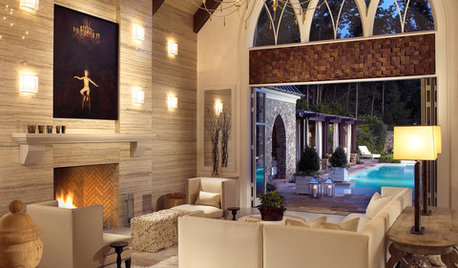
MORE ROOMSHome Tech: Getting Rid of Wires Without Sacrificing Sound
Wireless home technology still isn't perfect, but new products are giving audiophiles choices
Full Story
DECORATING GUIDESInspiring Materials: Metal Wire
Add the Open Look of Wire to Your Lighting, Furnishings and Decor
Full Story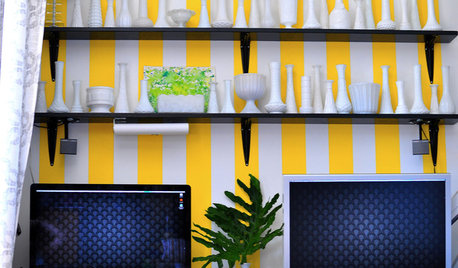
ACCESSORIESHow to Hide Those Messy Wires
Untangle Yourself From Ugly Electrical Cords With a Few Tricks and Accessories
Full Story
DIY PROJECTSHide All Those Wires in a DIY Charging Station
Keep your gadgets handy and charged with a flexible storage board you can design yourself
Full Story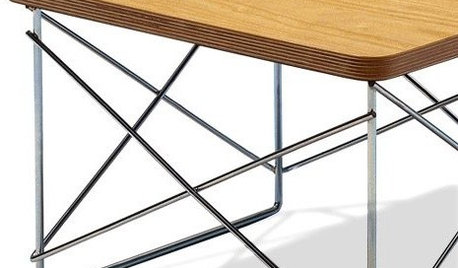
FURNITUREModern Icons: The Eames Wire Base Table
Simple modern table is light and versatile enough for every room in the house
Full Story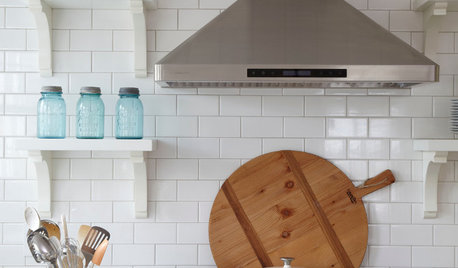
HOUSEKEEPINGMarch Checklist for a Smooth-Running Home
Get a jump on spring by spiffing up surfaces, clearing clutter and getting your warm-weather clothes in shape
Full Story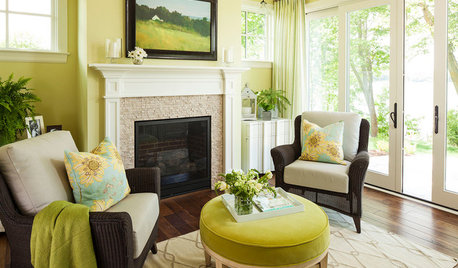
LIFEMay Checklist for a Smooth-Running Home
Sweep into wonderful weather by prepping your home for outdoor pleasures and giving accumulated muck the boot
Full StorySponsored
Columbus Area's Luxury Design Build Firm | 17x Best of Houzz Winner!





Ron Natalie
btharmy
Related Discussions
Quick Check on Adding a Ground wire for a 4-wire Hot Tub
Q
Adding ground wires to old house wiring.
Q
14/3 What places in the house do i need to run this type of wire
Q
underground wire run to an out building
Q
Ron Natalie
psujoeOriginal Author
Billl
Ron Natalie
btharmy
Ron Natalie
btharmy
Ron Natalie
psujoeOriginal Author
normel
psujoeOriginal Author
btharmy
Ron Natalie
psujoeOriginal Author